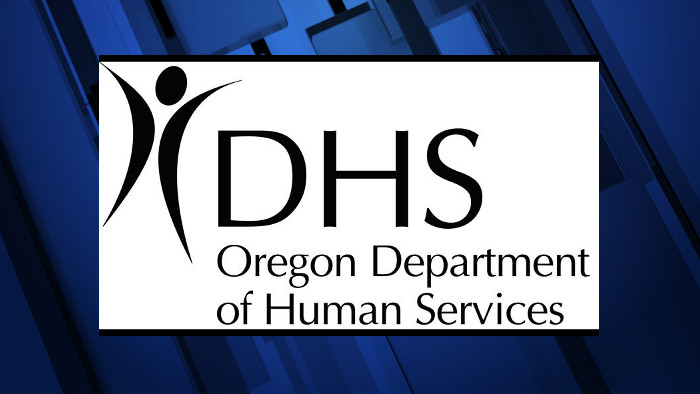Oregon secretary of state’s audit: DHS Child Welfare ‘needs to improve,’ with help

Report cites caseworkers' high workloads, tight deadlines, other issues
SALEM, Ore. (KTVZ) — Improving services provided to parents and children involved with the Department of Human Services Child Welfare division can help keep families intact, reduce racial disparities in Oregon’s foster care system, and lessen Oregon’s shortage of foster homes, according to a Secretary of State audit released Wednesday.
The findings are outlined in the report entitled: “Oregon Can More Effectively Use Family Services to Limit Foster Care and Keep Children Safely at Home.”
Oregon Child Welfare removes children from their homes at a higher rate and returns them to foster care more often than the national average. A new federal law, the Family First Prevention Services Act, encourages states to shift to a preventive approach to safely reduce removals by helping pay for evidence-based family services.
However, auditors found Child Welfare faces substantial obstacles in making that shift. Among them:
- Child Welfare caseworkers face high workloads and tight deadlines that reduce their ability to help parents access services that could prevent removal of their children.
- Oregon’s disparate system of child and family services, scattered across multiple programs and agencies, means caseworkers and families must cross numerous jurisdictional boundaries to get help that families need.
- The availability and quality of crucial services that can help prevent removals is limited, including in-home parenting classes, affordable housing, and mental health care and substance use disorder treatment. Availability and quality also vary by geographic area.
- Child Welfare’s management of service provider performance needs substantial improvement.
The audit, which builds on the Oregon Audits Division’s 2018 audit of foster care, includes 10 recommendations to help Child Welfare develop a preventive approach. They focus on improving coordination with other agencies and programs, reducing workloads, and better using data to identify effective providers.
“After three years of auditing Child Welfare, it’s clear that Oregon Child Welfare workers cannot take care of our state’s most vulnerable children and families on their own,” Secretary of State Bev Clarno said. “Child Welfare needs to improve, but it also needs help from other state agencies, Coordinated Care Organizations, and individuals and communities all around the state.”
Read the full report on the Secretary of State website.
Oregon DHS news release:
Oregon Department of Human Services statement regarding Secretary of State child welfare system audit
Salem, OR – Today the Oregon Secretary of State released an audit report of the Oregon Department of Human Services, Child Welfare Division. The report concludes that effective preventive services can support child and family wellbeing by helping keep children at home safely.
“We appreciate the report and its acknowledgement that the work of supporting Oregon’s children and families is a community effort that depends on effective partnerships and preventive services,” said Rebecca Jones Gaston, director of the Oregon Child Welfare Program.
“DHS Child Welfare is developing a Child Welfare Vision for Transformation. With contributions from partners, families and youth, our goal is to achieve true transformation built on core values and a belief that children do best growing up in a family. Our vision is for all children to experience safe, stable, healthy lives and grow up in the care of a nurturing family and community.”
DHS Child Welfare will achieve this Vision for Transformation through effective partnerships and shared responsibility within the child welfare system, including both the Oregon Health Authority and community partners. DHS Child Welfare and its partners are committed to providing services that support child and family wellbeing, prevent abuse and neglect of children, and reduce the use of foster care.
DHS Child Welfare will also:
- Ensure that when foster care is needed, it will be family-based, short-term and culturally responsive. Foster care should be designed to better stabilize families, rather than just serving as a placement for a child.
- Establish that children will be placed in the care of family, friends, and neighbors whenever possible, and help children maintain connections to their cultures, communities, and Tribes.
- Support our workforce and provide the resources, training, coaching, and services needed to support our children, families and communities.
DHS agrees with nine of the ten recommendations and partially agrees with one. Work is already underway to implement five of the 10 recommendations.
As of June 30, 2020 no Oregon children are placed in out-of-state treatment facilities, down from a high of 88 children placed out-of-state in March 2019.
Children in foster care in Oregon fell to 6,692 in June 2020, the lowest number in at least four years.
In May 2020, there were 4,983 screened reports of abuse or neglect that were documented and either closed at screening or assigned for assessment.
Report child abuse to the Oregon Child Abuse Hotline by calling 1-855-503-SAFE (7233).